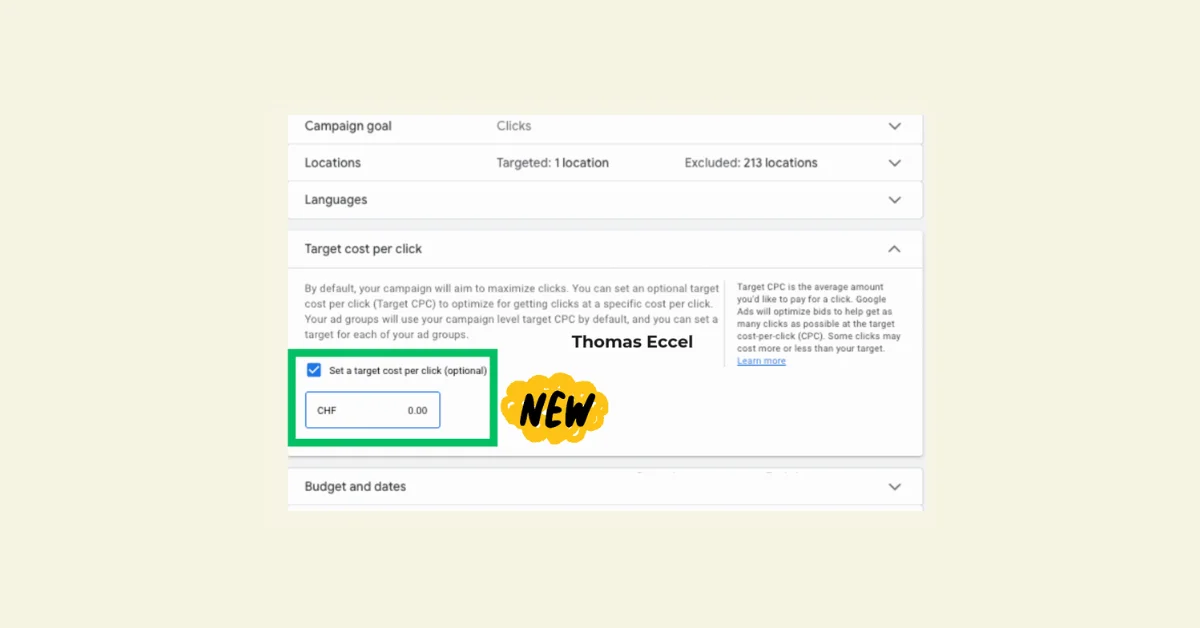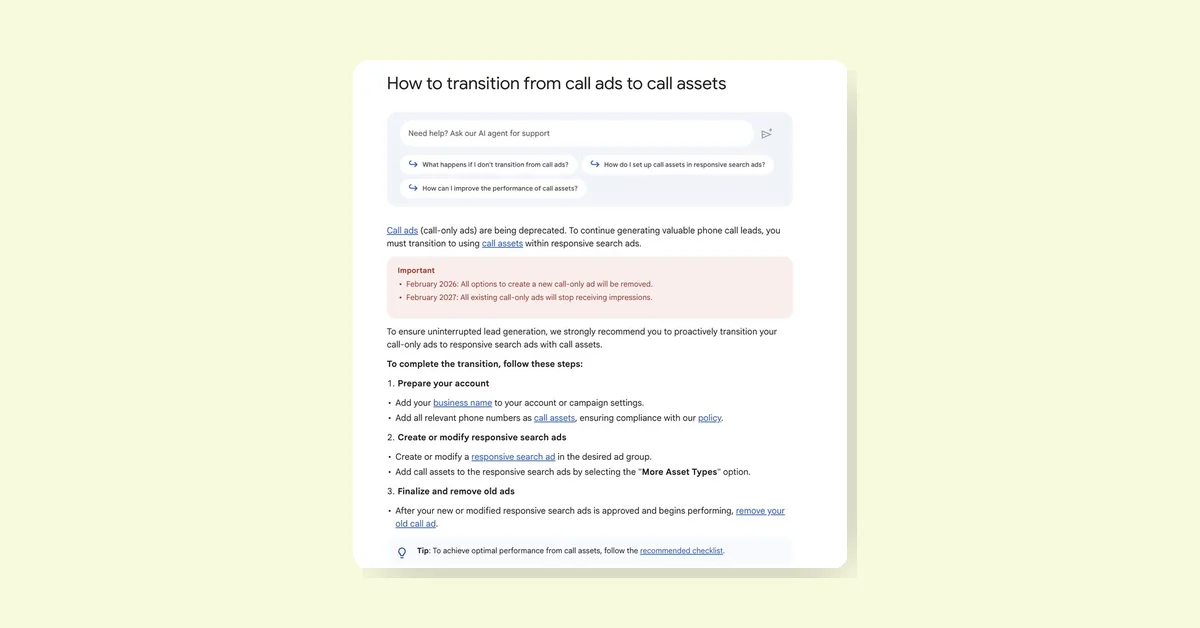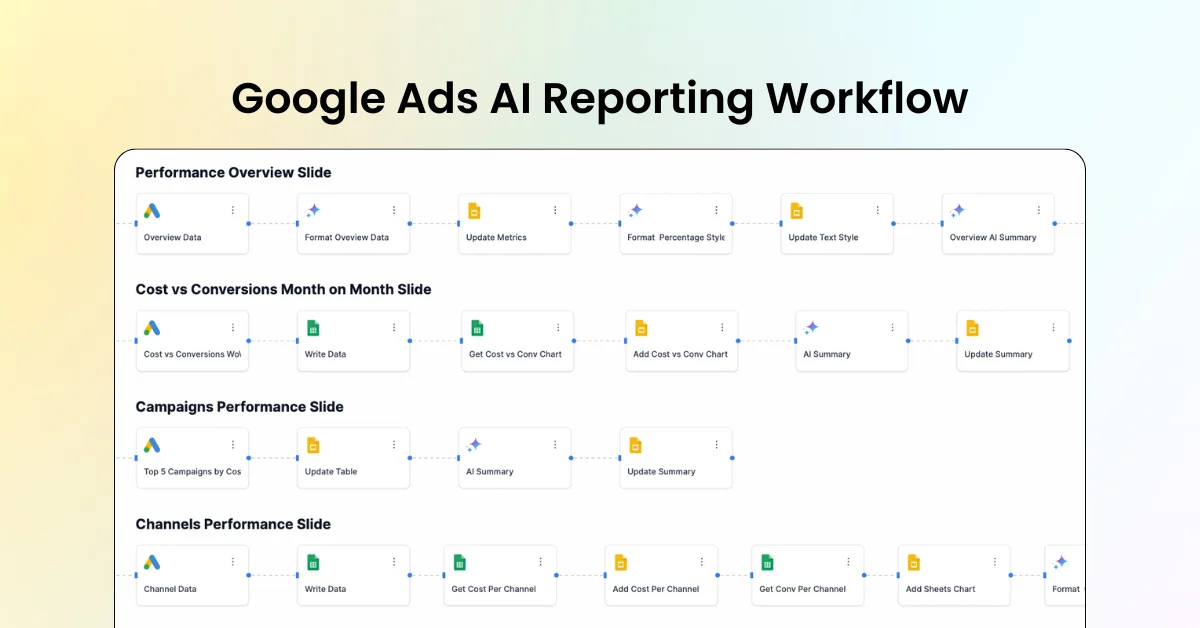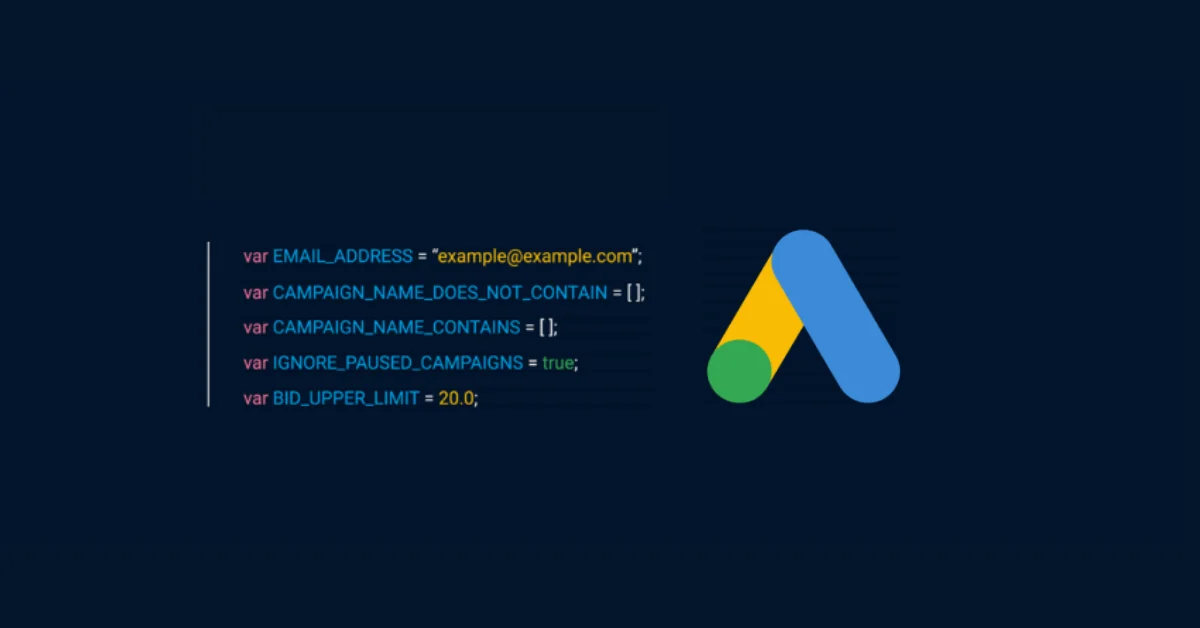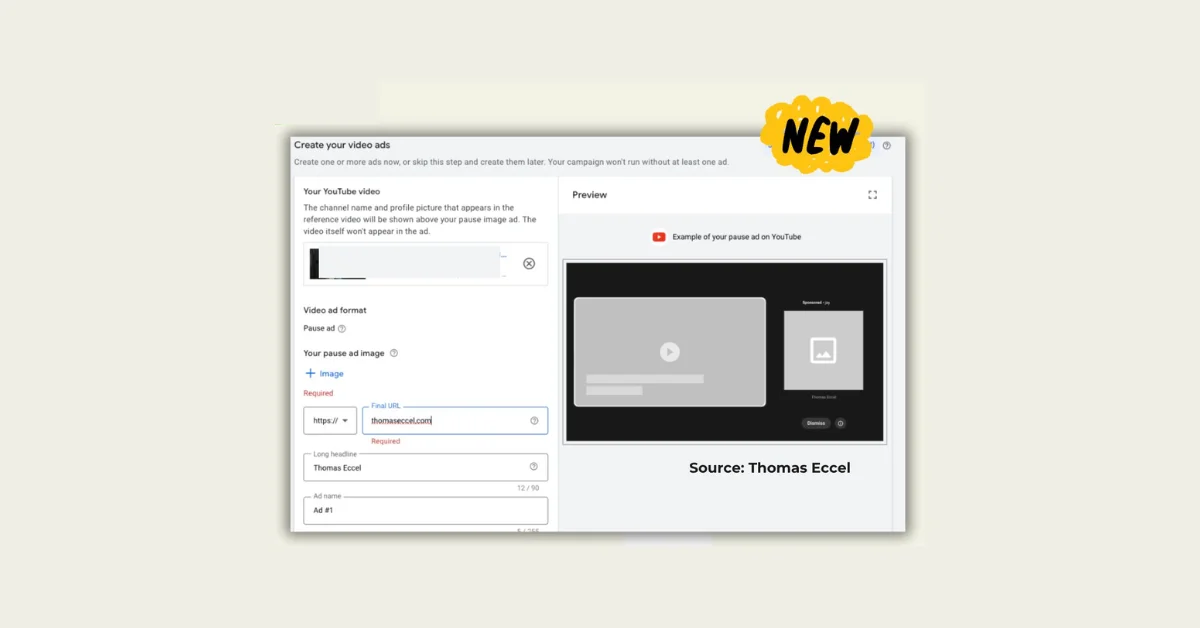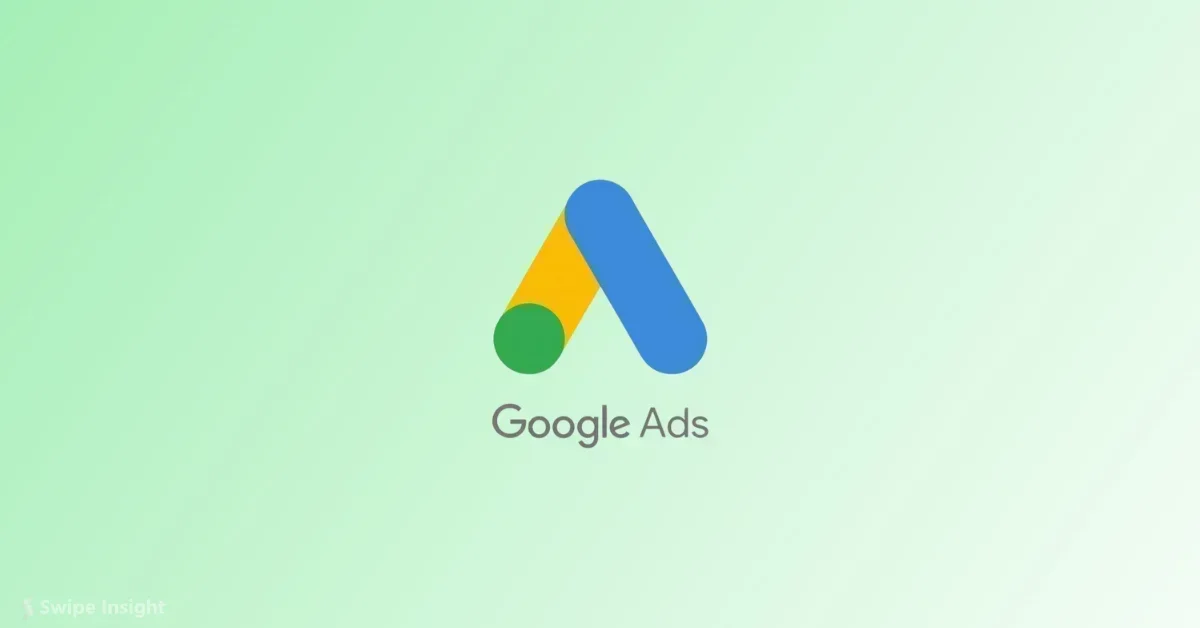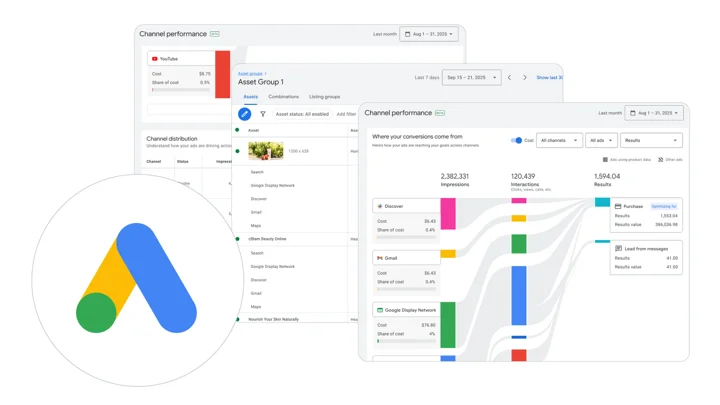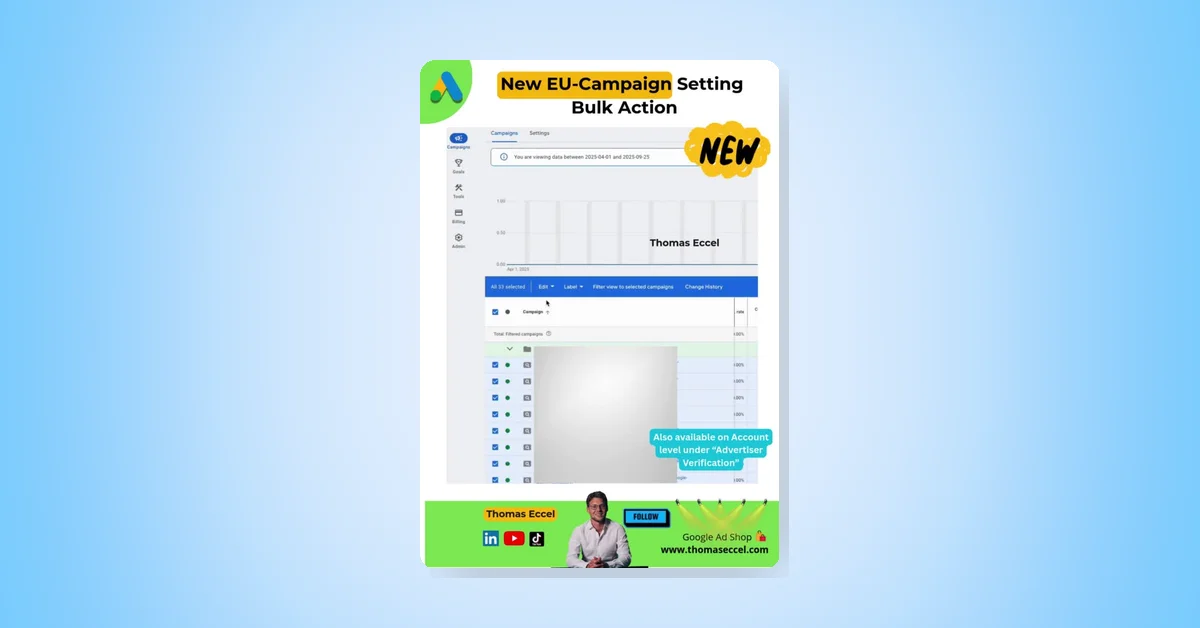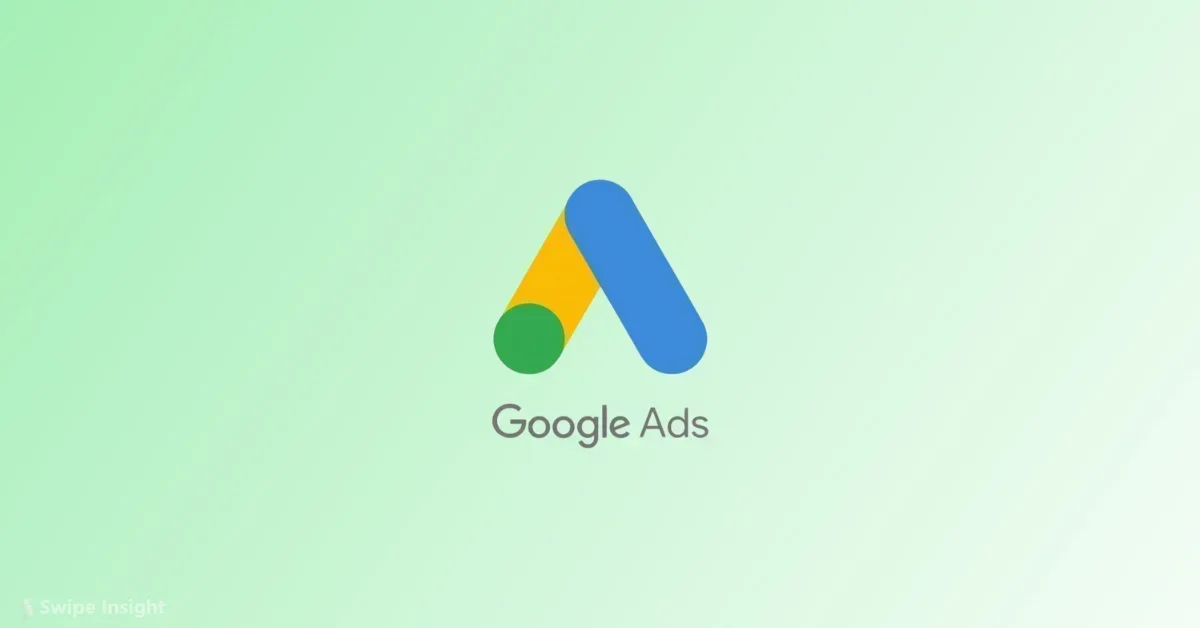Google Ads has introduced a new automated Bid Strategy called tCPC (Target Cost per Click), now live in some accounts. Unlike tCPA, which focuses on conversions, tCPC is designed specifically for Demand Gen campaigns to maximize clicks while maintaining a target average cost per click.
What is tCPC?
tCPC automatically adjusts bids to efficiently maximize clicks at your desired average CPC. It uses historical campaign data and real-time contextual signals such as device, browser, location, time of day, and remarketing lists to dynamically manage bids. Although it aims to hit your target CPC, actual click costs may vary due to auction dynamics.
How tCPC Works
- Automatically sets bids each time your ad is eligible.
- Uses both historical and real-time data for bid adjustments.
- Manages bids dynamically to maintain the target CPC.
When to Use tCPC
tCPC is ideal for campaigns focused on driving clicks and website traffic. However, it requires close monitoring to avoid low-quality placements, such as irrelevant YouTube channels.
Implementing tCPC
- Can be set at both campaign and ad-group levels.
- Ad-group CPC settings override campaign-level goals.
- Campaigns default to maximizing clicks; setting a target CPC is necessary to control costs.
- Using ad-group specific CPC limits helps fine-tune performance.
A new V2 Demand Gen Channel Script is available to help scale campaigns using tCPC.
